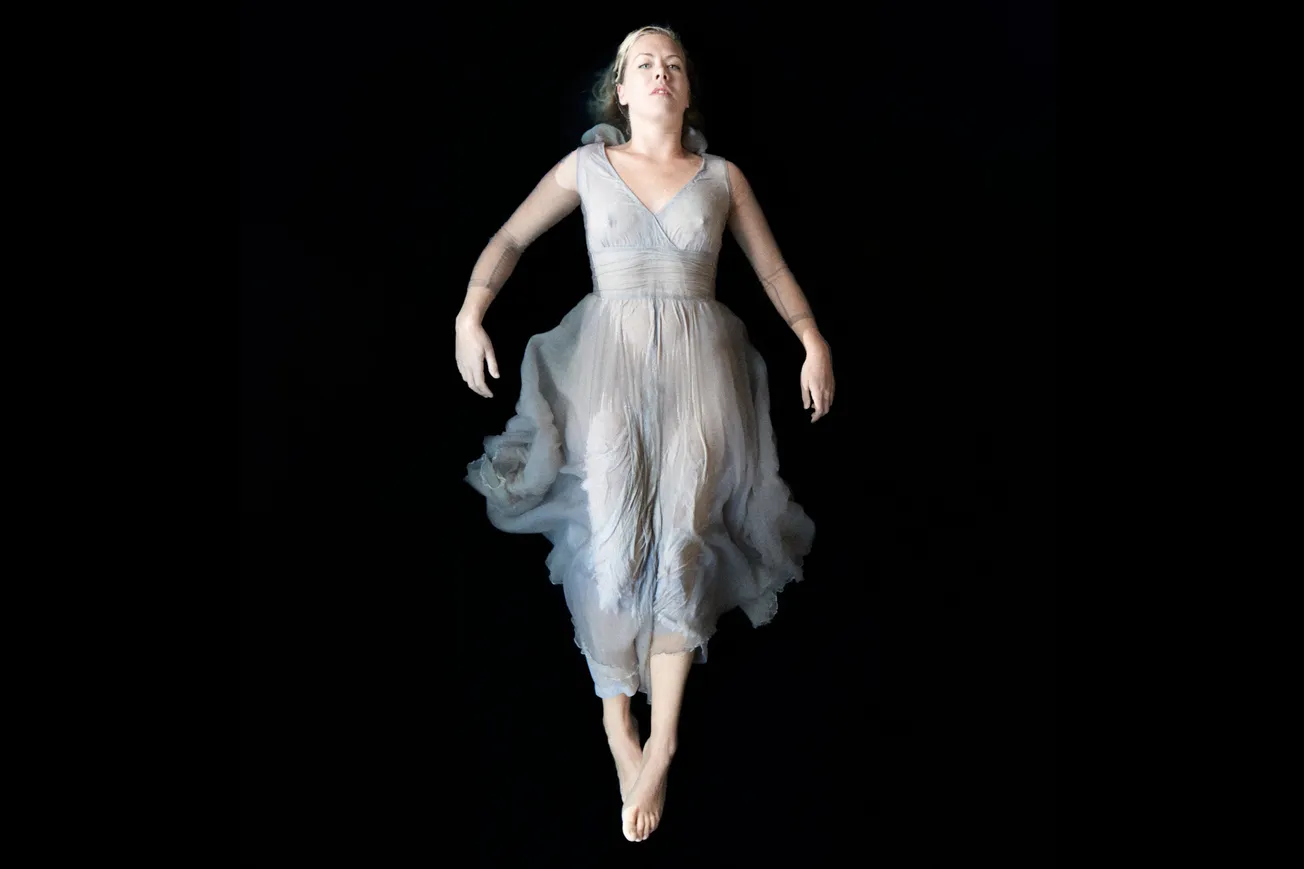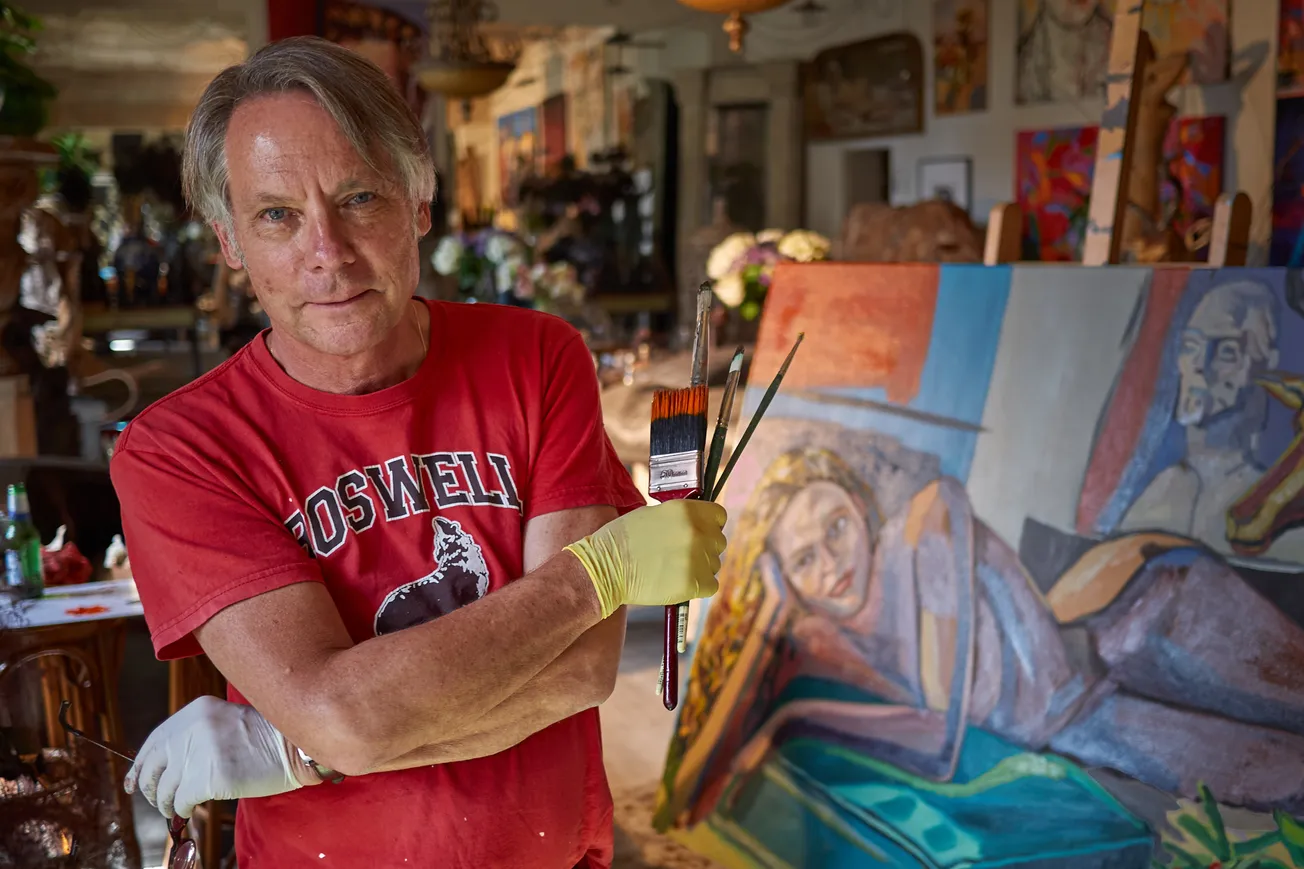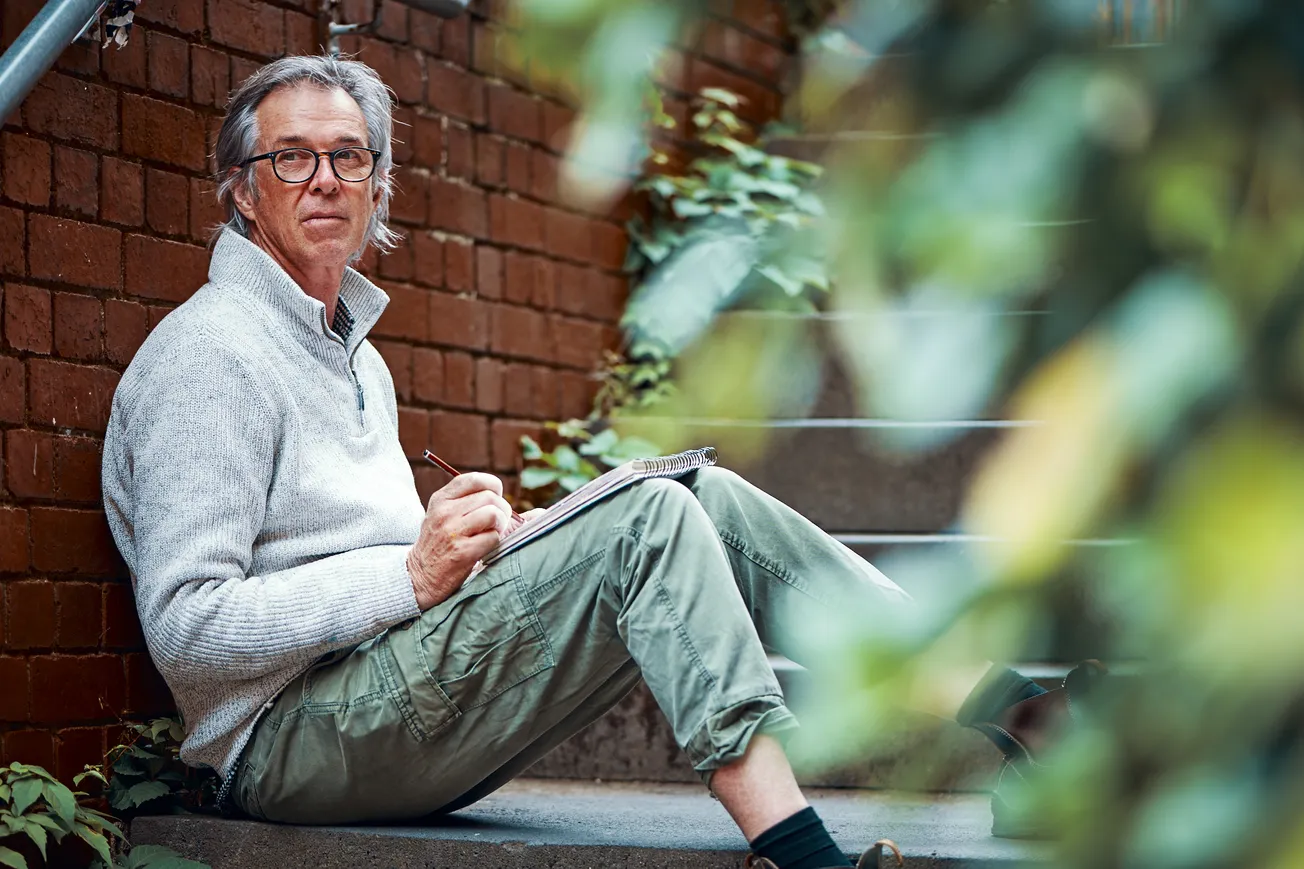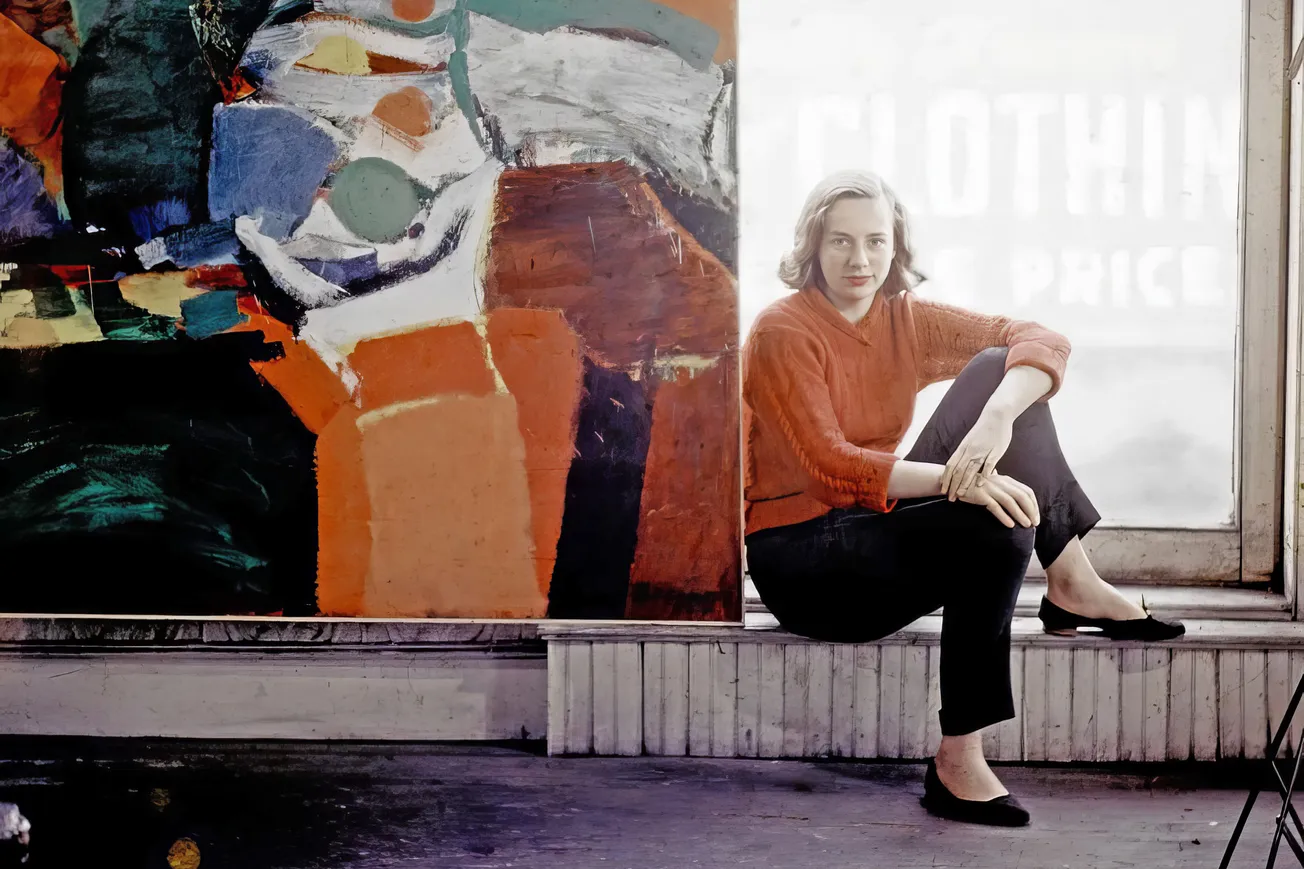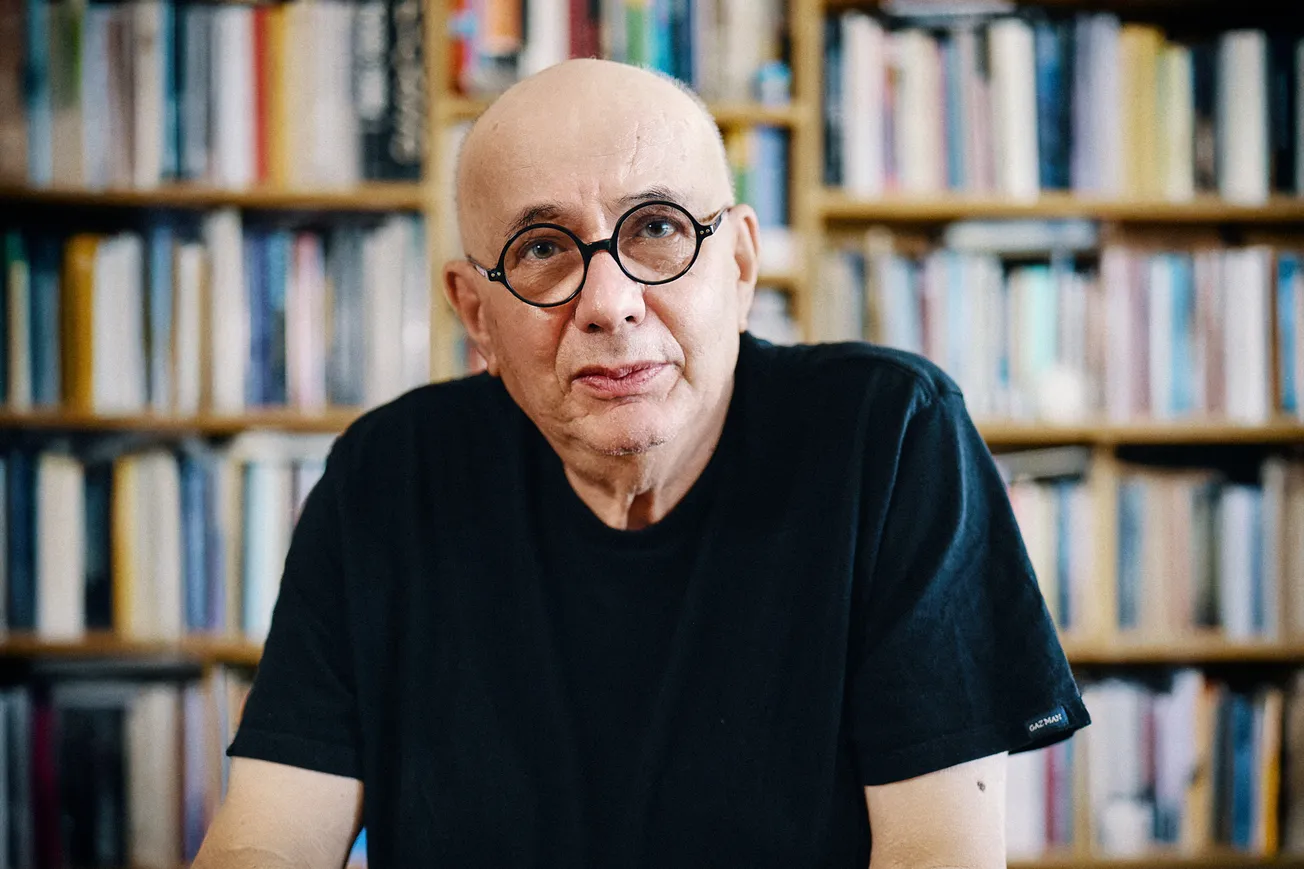Table of Contents
Art Minute
Uncertain Ciphers
| Title: | Robert Hague - Uncertain Ciphers |
|---|---|
| Duration: | 14:28 |
| Year: | 2014 |
| Director/DOP: | Peter M Lamont |
| Music: | Peter M Lamont |
About Robert Hague
Early Life and Background
Robert Hague was born on 18 October 1967 in Rotorua, New Zealand. He showed an early interest in art, experimenting with various media during his youth. In 1985, at the age of 18, Hague migrated to Australia, seeking broader artistic opportunities and a more vibrant cultural scene. His initial artistic pursuits focused on painting before his eventual transition to sculpture and printmaking.
Artistic Development and Education
Hague's artistic career gained momentum after his move to Australia. Initially, he explored painting and participated in competitive exhibitions, including the Rotorua Art Prize and the Caulfield Art Prize. From 1999 to 2003, he apprenticed with Australian sculptor Ron Robertson-Swann OAM, a protégé of Henry Moore. This mentorship honed Hague’s technical skills and deepened his understanding of sculptural forms. His first solo exhibitions in 2003 marked his evolution into a mature artist.
Major Works and Exhibitions
Hague's works have been widely exhibited in Australia and internationally. Notable pieces include:
- Shutdown (2015), a marble sculpture in the collection of the National Gallery of Victoria.
- What Remains (2022), a monumental installation for the Lorne Sculpture Biennale.
His print series, including the Trojan Hammer lithographs, reflect his ability to merge classical aesthetics with contemporary themes. In 2013, Deakin University Gallery presented a ten-year retrospective of his work, complemented by the publication Deca, featuring essays by prominent critics Ashley Crawford and Ken Scarlett. He has also participated in exhibitions like Melbourne Now 2023 at the National Gallery of Victoria.
Technique and Style
Hague is celebrated for his ability to combine traditional and contemporary elements. His sculptures often use classical materials such as bronze, stainless steel, and marble, transformed into forms that challenge notions of balance, weight, and temporality. His lithographs, produced using a vintage Charles Brand press, are characterised by intricate details and references to ancient mythology, demonstrating his technical mastery. Hague’s works frequently explore themes of permanence, ambiguity, and transformation.
Legacy and Influence
Robert Hague has left a significant mark on the Australian art scene. His innovative approach to traditional materials has inspired a new generation of artists. Works by Hague are housed in prestigious collections, including the National Gallery of Australia and the National Gallery of Victoria. Awards such as the Director's Prize at Sculpture by the Sea (1999) and an Established Artist Residency at the Blake Prize (2016) underscore his impact.
References
- Robert Hague Official Website
- Wikipedia - Robert Hague
- NotFair Art Foundation - Robert Hague
- Turner Galleries - Robert Hague


